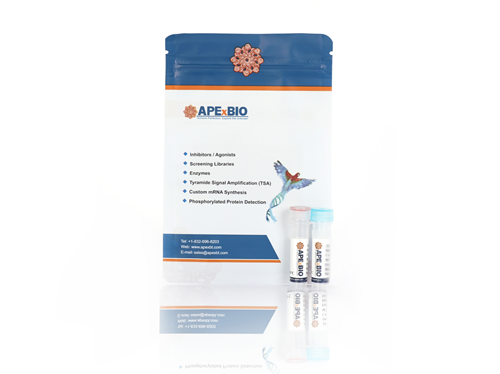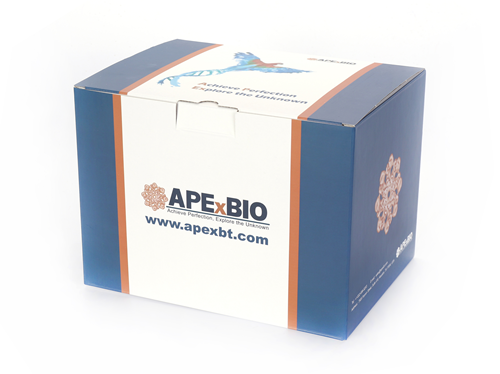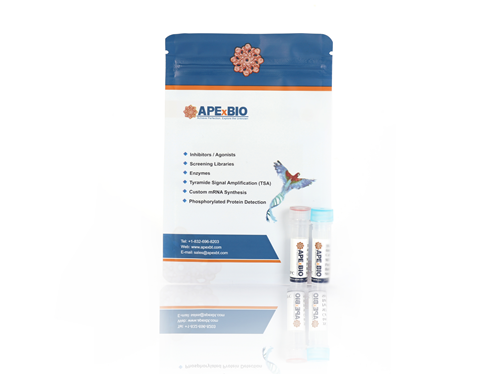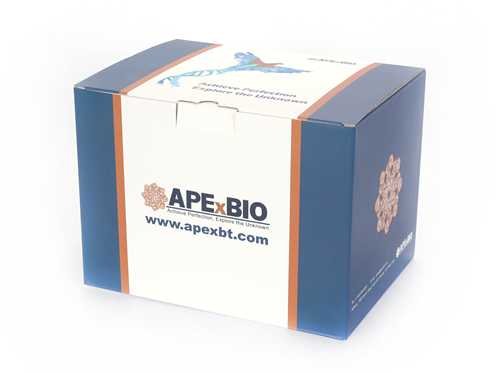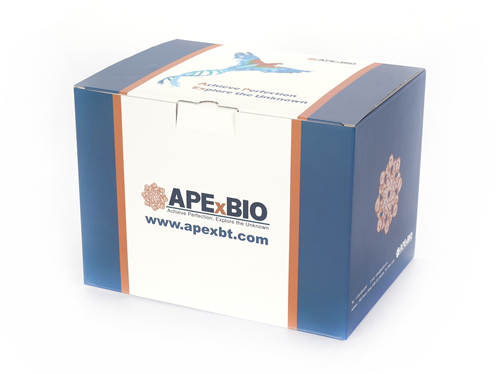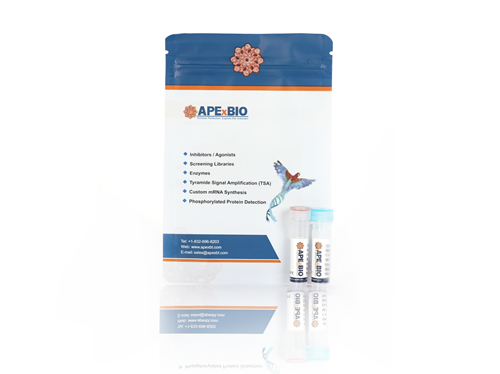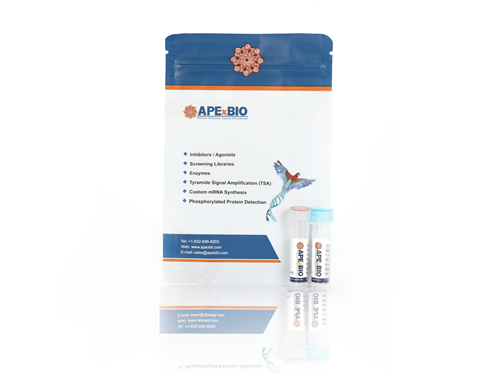EZ Cap™ Mouse IFN-α mRNA (m1ψ)
IFN-α (interferon alpha) is an important cytokine that belongs to the Type I interferon family. It is produced by a variety of cell types, including white blood cells, fibroblasts and dendritic cells, and primarily plays a role in the early stages of viral infection. IFN-α activates the JAK-STAT signaling pathway by binding to interferon receptors on the cell surface, thereby inducing the expression of antiviral genes. These gene products inhibit viral replication, enhance the antiviral status of cells, and promote the activation of other components of the immune system, such as natural killer cells and macrophages. In addition, IFN-alpha has anti-proliferative and immunomodulatory properties and is used to treat a variety of diseases, including chronic hepatitis B and C, certain types of cancer, and multiple sclerosis.
EZ Cap™ Mouse IFN-α mRNA (m1ψ) is provided at a concentration of ~1 mg/ml with Cap1 structure. There are currently two ways to cap mRNA: One is co-transcription method, by adding Cap analogues into the transcription process. The other is enzymatic Capping. After transcription, Cap0 capping is performed by Vaccinia virus Capping Enzyme (VCE), GTP and S-adenosylmethionine (SAM). The Cap0 is then generated into the Cap1 through 2´-O-Methyltransferase and SAM. Cap1 Capping can also be performed by adding VCE, 2´-O-Methyltransferase, GTP and SAM in a one-step process. Cap 1 structure is more ideal for mammalian systems and possess higher transcription efficiency than Cap 0 structure. The addition of N1-Methylpseudo-UTP (m1ψ) and poly(A) tail suppress RNA-mediated innate immune activation and increase the stability and lifetime of the mRNA in vitro and in vivo. Poly(A) tail also plays an important role in enhancing the efficiency of translation initiation.
|
mRNA Length |
844 nucleotides |
||
|
Concentration |
1 mg/mL |
||
|
Buffer |
1 mM Sodium Citrate, pH 6.4 |
Storage |
-40°C or below |
|
General tips |
Please dissolve it on ice and protect from RNase carefully. Avoid repeated freeze/thaw cycles as possible. Don’t vortex. Upon first use, centrifuge the tube softly and aliquot it into several single use portions. Use RNase-free reagents and materials with appropriate RNase-free technique. Don’t add to the media with serum unless mixing with a transfection reagent. |
||
|
Shipping Condition |
ship with dry ice |
||









